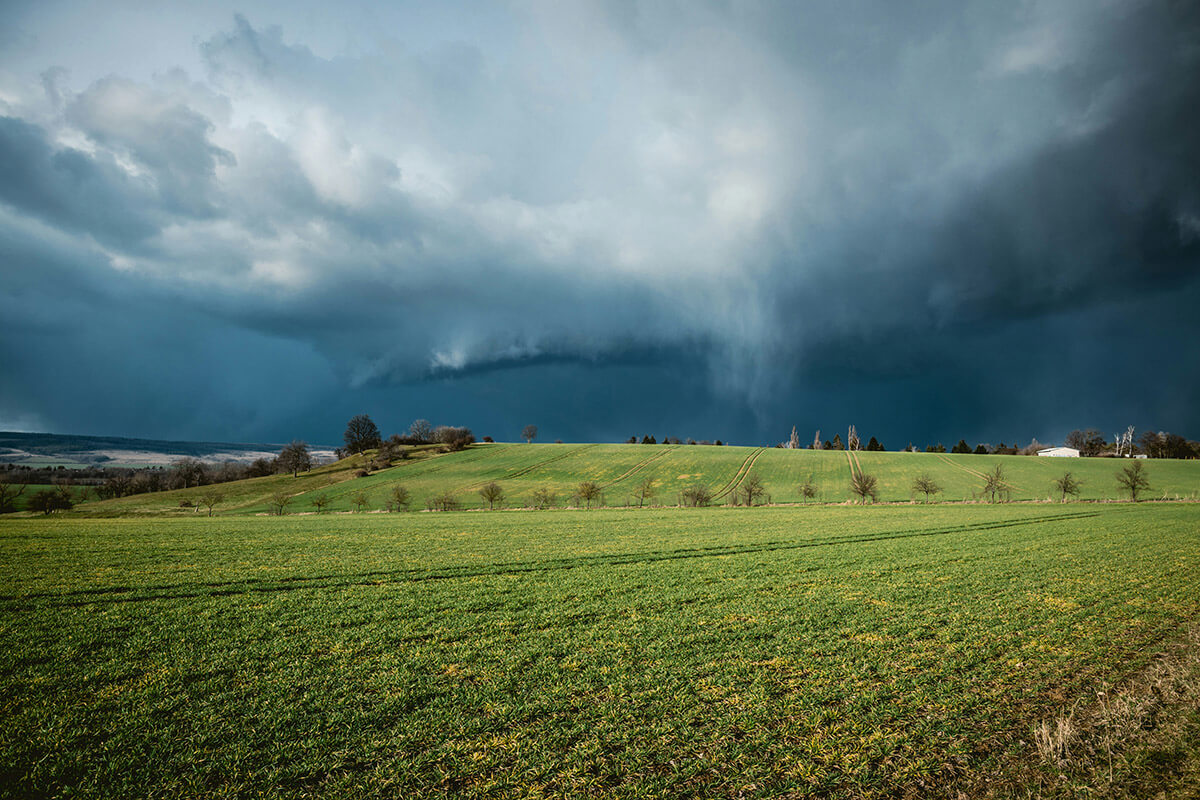
Understanding Severe Weather Coverage
Severe weather is an inevitable part of life for many homeowners, bringing with it the potential for significant damage to properties. From thunderstorms and tornadoes to hail and strong winds, these natural phenomena can wreak havoc on homes, leaving homeowners facing costly repairs. As a homeowner, it’s crucial to understand how these weather events can impact your home and what steps you can take to protect yourself with the right insurance coverage.
Understanding Severe Weather Events
Severe thunderstorms are common occurrences, especially as we move into the warmer months. These storms are characterized by strong winds, heavy rain, lightning, and sometimes hail. While thunderstorms themselves can cause damage to homes, the accompanying hazards such as lightning strikes and hail pose additional risks.
Tornadoes are another formidable force of nature that can cause widespread destruction in a matter of minutes. These rotating columns of air can generate winds exceeding 200 miles per hour, tearing through neighborhoods and leaving behind a path of devastation.
Hailstorms, although less frequent than thunderstorms, can cause extensive damage to roofs, siding, and windows. Hailstones can range in size from pea-sized to as large as softballs, and the larger stones can easily puncture roofs and break windows.
Strong winds, whether from thunderstorms, tornadoes, or other weather systems, can cause trees to fall, power lines to snap, and debris to become projectiles, leading to property damage and potential injury.
Homeowners Insurance Coverage
Fortunately, most standard homeowners insurance policies provide coverage for damage caused by severe weather events such as thunderstorms, tornadoes, hail, and windstorms. However, it’s essential to review your policy carefully to understand your deductible and the type of payment you would receive for a roof claim. Roof claims can be settled two different ways. Actual Cash Value, which is a percentage of coverage depending on the age of your roof, would give a partial payment on the roof. Replacement Cost would pay to repair/replace your roof minus the deductible.
Typically, homeowners insurance covers damage to the structure of your home, including the roof, walls, and foundation, as well as personal belongings inside the home. It may also provide coverage for additional living expenses if you’re forced to temporarily relocate due to damage to your home.
In the case of severe weather damage, it’s essential to document the extent of the damage by taking photographs and contacting your insurance provider as soon as possible. An adjuster will assess the damage and work with you to file a claim and initiate the repair process.
Additional Coverage Options
While standard homeowners insurance policies provide coverage for many types of weather-related damage, there are some exclusions and limitations to be aware of. For example, flood damage caused by rising water from heavy rainfall or overflowing rivers is typically not covered by standard homeowners insurance and requires a separate flood insurance policy.
Similarly, damage caused by earthquakes or landslides is usually not covered and may require additional coverage or a separate policy.
If you live in an area prone to severe weather events such as tornadoes or hailstorms, consider adding optional endorsements or riders to your homeowners insurance policy for added protection. These endorsements may provide coverage for specific types of damage or increase coverage limits for certain items, ensuring you’re adequately protected against the unique risks in your area.
Severe weather events can strike without warning, causing significant damage to homes and property. As a homeowner, it’s essential to understand your insurance coverage and take steps to protect yourself against the financial impact of severe weather damage. By reviewing your homeowners insurance policy, considering additional coverage options, and taking proactive measures to safeguard your home, you can rest assured knowing that you’re prepared for whatever Mother Nature throws your way. Remember, when it comes to protecting your home, being proactive and adequately insured is key to weathering the storm.
